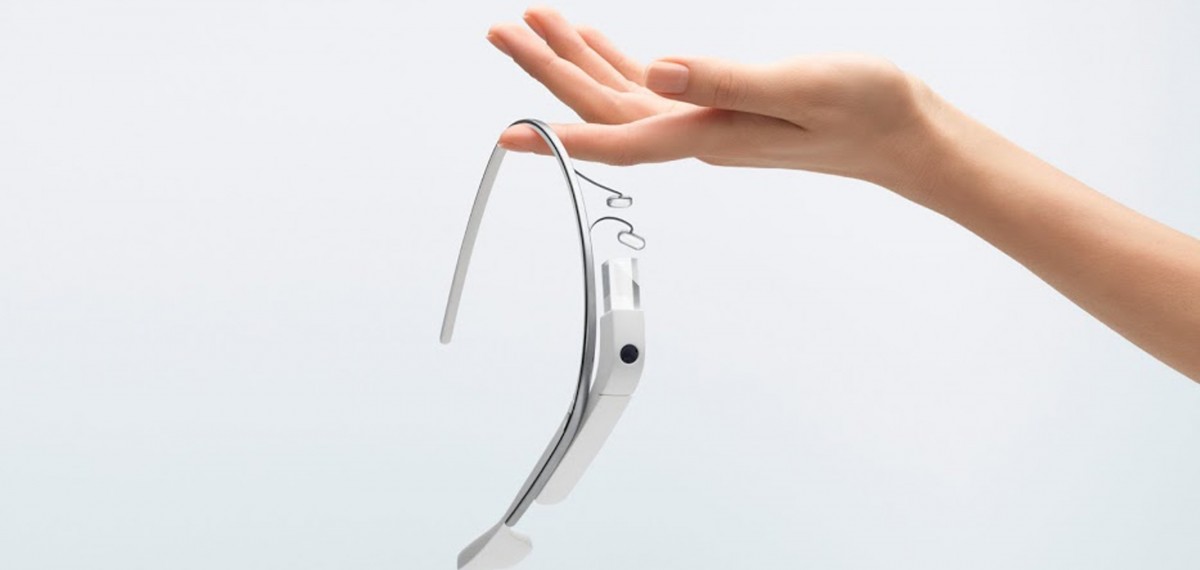How Will Wearable Technologies Impact Mobile Advertising?

How Will Wearable Technologies Impact Mobile Advertising?
How will wearable technologies be used in everyday life, and therefore how will they affect our current use mobile devices? What are the implications for the future of mobile advertising?
In 2010, tablets triggered a shift in smartphone and laptop consumption. We can expect the same event to repeat with the entrance of wearables technologies since the wearable market is expected to climb to 122 million by 2018 (IDC). This significant expected growth presents new connectivity opportunities for smartphones, which implies that wearable tech consumption will move in line with smartphone consumption.
Whether we consider Google Glass, Oculus Rift or smartwatches on the market today, it is quite clear that wearable technologies are built to work with technological devices we already have. For instance, the new Apple Watch offers an incredible range of features that are made to work with the iPhone. This new type of connectivity between wearables and existing tech implies that the physical use of smartphones will decrease, whereas mobile tech use as a whole will increase.
Such a change in user’s consumption has many consequences for mobile advertising. Today, the market for big data is estimated to reach $16.1 billion by the end of 2014 (IDC). In a world in which data is both very central and costly, wearable technologies have the major advantage of offering new and unique data. Whether this data is related to user’s health, activities, geolocation or motion, it most certainly offers mobile marketing a whole new dimension.
In theory, marketers could access and combine data from a wearable watch and wearable glasses and this would allow for a combination of motion, geolocation and sight data. Researchers in turn would therefore be able to find out more about: how consumers shop, how long they look at products for and whether they read the explanatory details associated to that product. According to YouGov, already 8% of UK shoppers will purchase wearable tech in the next year. Wearables hence represents the opportunity to fully understand each step of the buying process, and even better, offer the opportunity for marketers to relevantly advertise their product at the right place and time. Wearables should not be seen as a threat to the mobile advertising industry, they should be seen as a range of new possibilities in terms of formats and interactivity.
When advertising started to evolve on smartphones, many new techniques were to be learnt. Some even compare the recent early days of mobile advertising to the well-known beginnings of digital advertising 10 years ago. When advertising first appeared on mobile, many ads were displayed without taking advantage of the interactions that smartphones offer. Since then, mobile advertising has come a long way and its formats have constantly improved. In fact, positive associations with mobile ads have risen by 76% since 2013 (Mobile Marketer).
When marketers will consider adding wearables to their campaigns, they will need to recall the lessons learnt from the early days of mobile advertising. Just like smartphones, wearables offer new dynamics and unique opportunities for advertising. This new technology offers a wide portfolio of new experiences for consumers which enable brands to start a real-time conversation with them.
Having a multi-device advertising strategy is unquestionably the way forward in mobile advertising. However, marketers will have to keep in mind that smartphones and wearables are by nature highly personal devices.
When establishing a multi-device advertising strategy, there will be two major points for marketers to keep in mind:
- There is a trade-off between consumers and brands. Users are becoming more open to advertising appearing on their personal devices, as long as it brings them some value.
- Any piece of advertising that is offered through wearables and smartphones should really consider the possibility of expanding onto a bigger screen. Wearables and smartphones offer dynamic motions and real life interactions, while tablets and laptops offer display and allow brands to share more information with consumers.
Shipments of wearable computing devices are forecast to total more than 160 million units in 2015 (Statista). This growth presents exciting opportunities for the mobile advertising industry. These new devices will soon become a fundamental tool to support mobile campaigns. However it is clear that consumer’s adoption of wearable tech will not be fully implemented until at least 2015. Redg Snodgrass, co-founder of technology accelerator Wearable World, puts forward that advertisers’ budget allocation is safe for 2014 and that they have at least six months before the early adoption of wearables. Be ready, wearables are coming.



